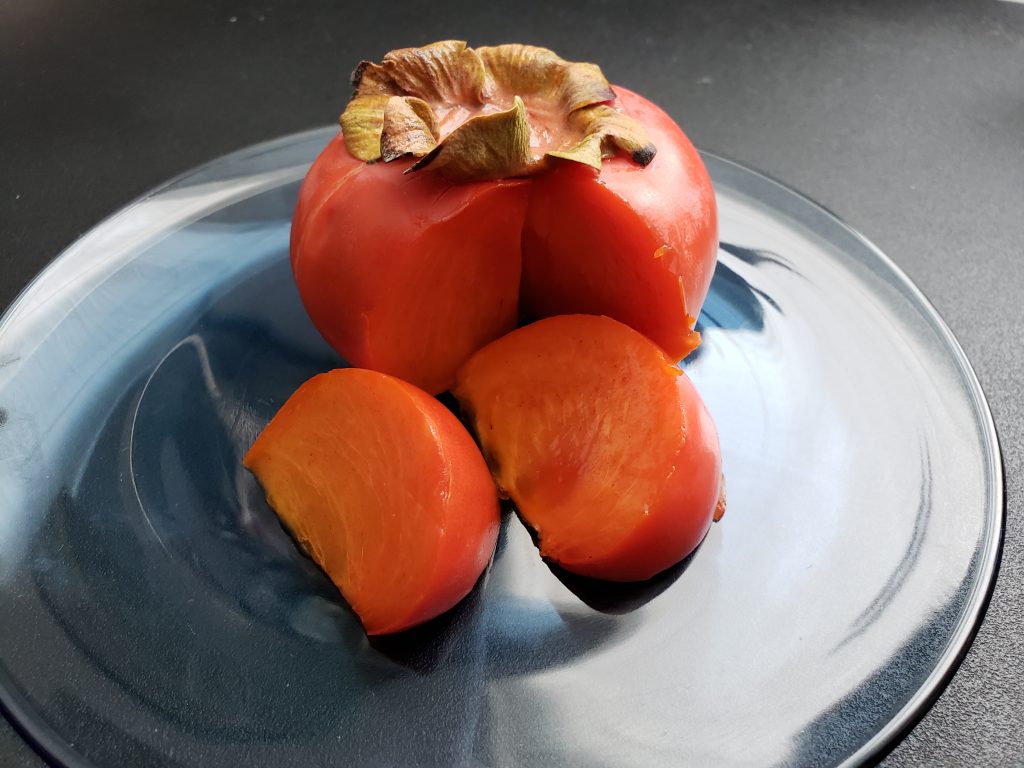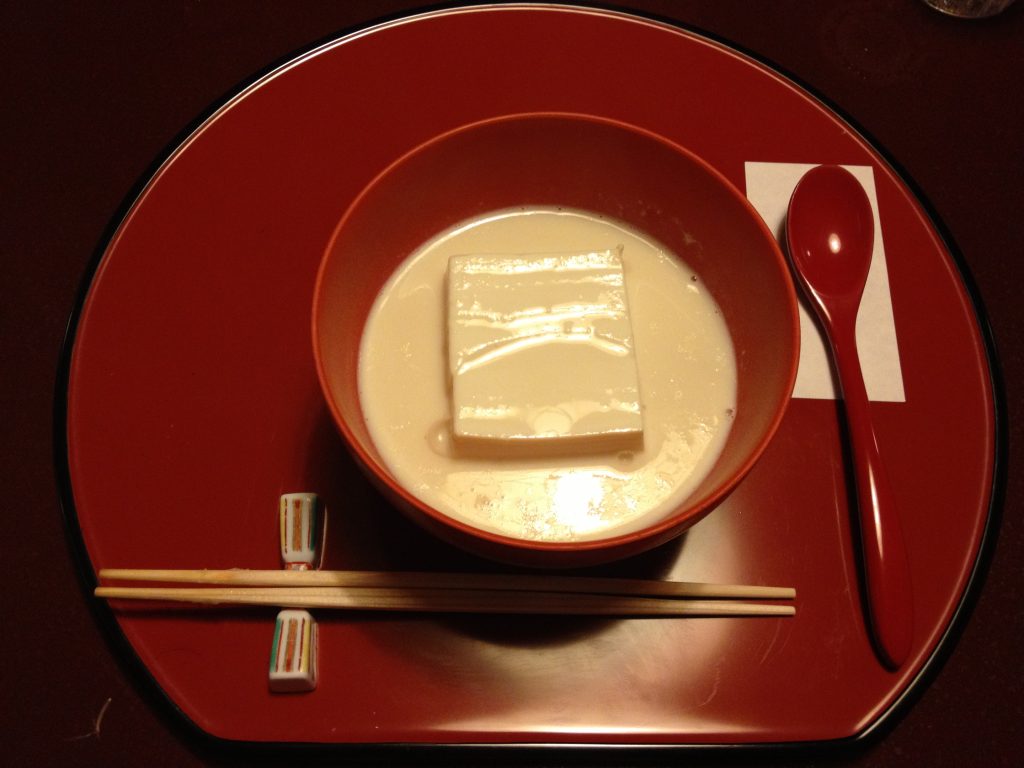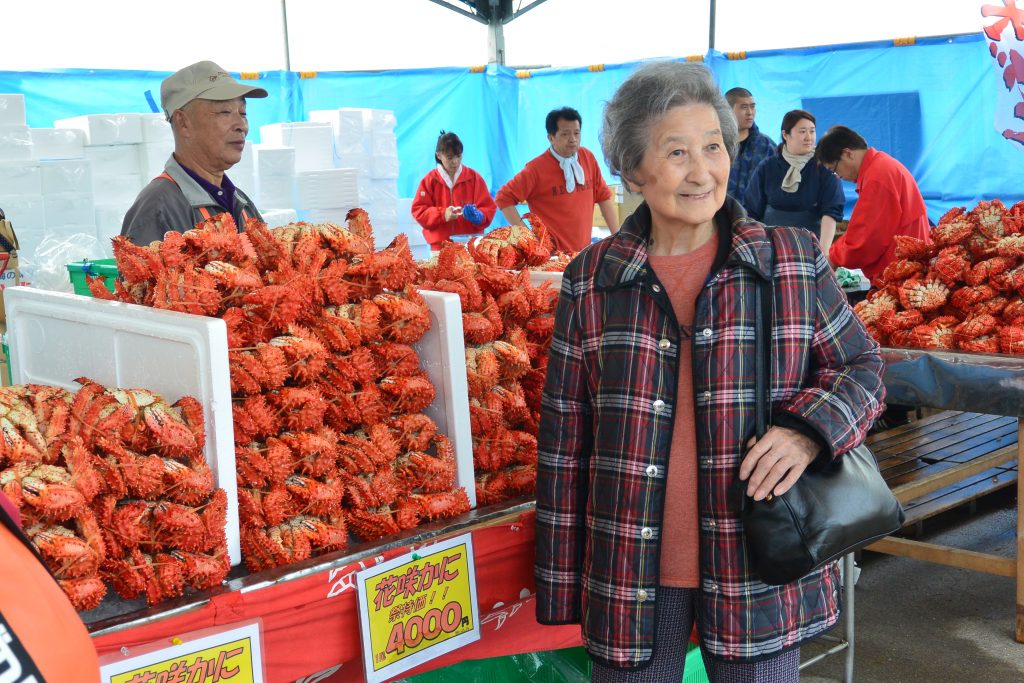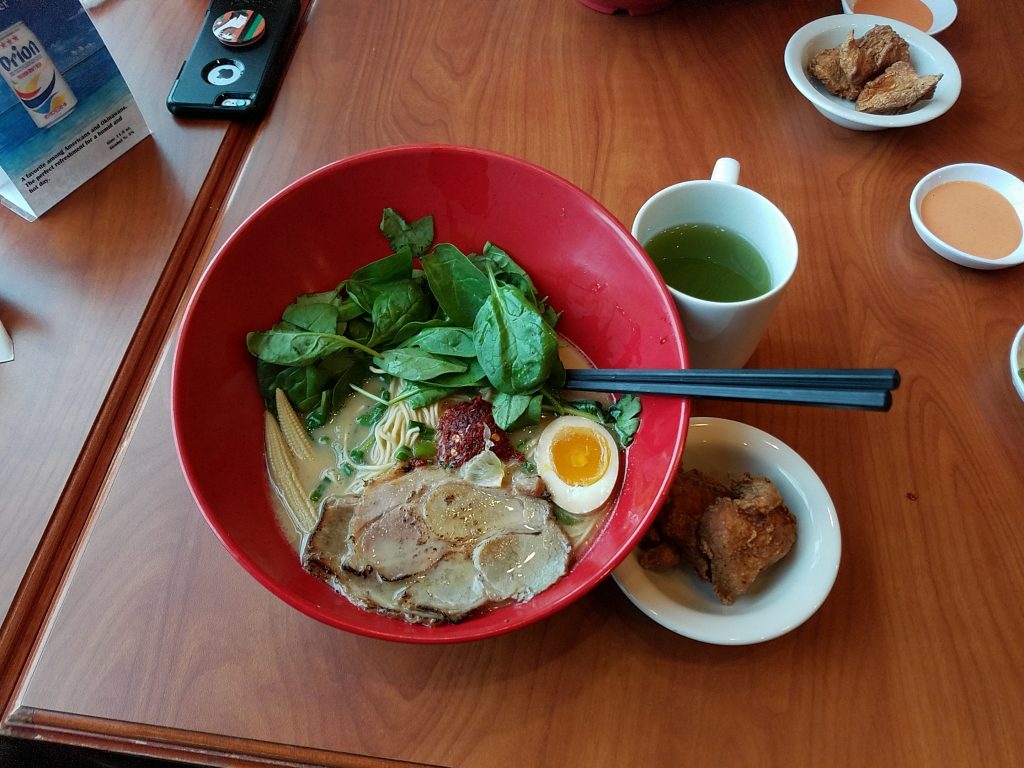Necessary cookies help make a website usable by enabling basic functions like page navigation and access to secure areas of the website. The website cannot function properly without these cookies.
We do not use cookies of this type.
Marketing cookies are used to track visitors across websites. The intention is to display ads that are relevant and engaging for the individual user and thereby more valuable for publishers and third party advertisers.
We do not use cookies of this type.
Analytics cookies help website owners to understand how visitors interact with websites by collecting and reporting information anonymously.
We do not use cookies of this type.
Preference cookies enable a website to remember information that changes the way the website behaves or looks, like your preferred language or the region that you are in.
We do not use cookies of this type.
Unclassified cookies are cookies that we are in the process of classifying, together with the providers of individual cookies.
We do not use cookies of this type.
 I love kaki. That's Japanese for persimmon.
Not everyone knows what a persimmon is, so let me explain. Persimmons are a popular fruit that is grown through much of Asia. The Japanese call it "kaki" (kah-key). Kaki are wonderfully sweet when they're ripe, but depending on the strain of kaki, they can be bitter.
I learned to love kaki as a kid growing up in Japan.
I love kaki. That's Japanese for persimmon.
Not everyone knows what a persimmon is, so let me explain. Persimmons are a popular fruit that is grown through much of Asia. The Japanese call it "kaki" (kah-key). Kaki are wonderfully sweet when they're ripe, but depending on the strain of kaki, they can be bitter.
I learned to love kaki as a kid growing up in Japan.




 Something that can't be replicated by a "fake" Japanese restaurant in the US: Homemade Tofu served as part of a multi-course feast at Ukai, a lovely traditional Tokyo tofu restaurant.
I’m still pondering the
Something that can't be replicated by a "fake" Japanese restaurant in the US: Homemade Tofu served as part of a multi-course feast at Ukai, a lovely traditional Tokyo tofu restaurant.
I’m still pondering the  My mom has suffered from worsening dementia for years, and when my brothers and I saw increasing signs that she is no longer able to live by herself we moved her into a Memory Care Center nearby.
Two years ago, my wife Erin and I took the last of several trips to Japan with my mom.
My mom has suffered from worsening dementia for years, and when my brothers and I saw increasing signs that she is no longer able to live by herself we moved her into a Memory Care Center nearby.
Two years ago, my wife Erin and I took the last of several trips to Japan with my mom.
 My friends (and anyone who follows my social media “food porn” photos) know that I’m a snob about Japanese food. I have strong opinions on the best tonkatsu fried pork cutlets, real vs. fake sushi and Japanese restaurants staffed by non-Japanese who can’t pronounce menu items correctly. And, because I love ramen, I hate bad ramen – and in Denver bad ramen is much more common than the good stuff.
My friends (and anyone who follows my social media “food porn” photos) know that I’m a snob about Japanese food. I have strong opinions on the best tonkatsu fried pork cutlets, real vs. fake sushi and Japanese restaurants staffed by non-Japanese who can’t pronounce menu items correctly. And, because I love ramen, I hate bad ramen – and in Denver bad ramen is much more common than the good stuff.